HVAC – Cooling coil + Calculations ❄️❄️❄️
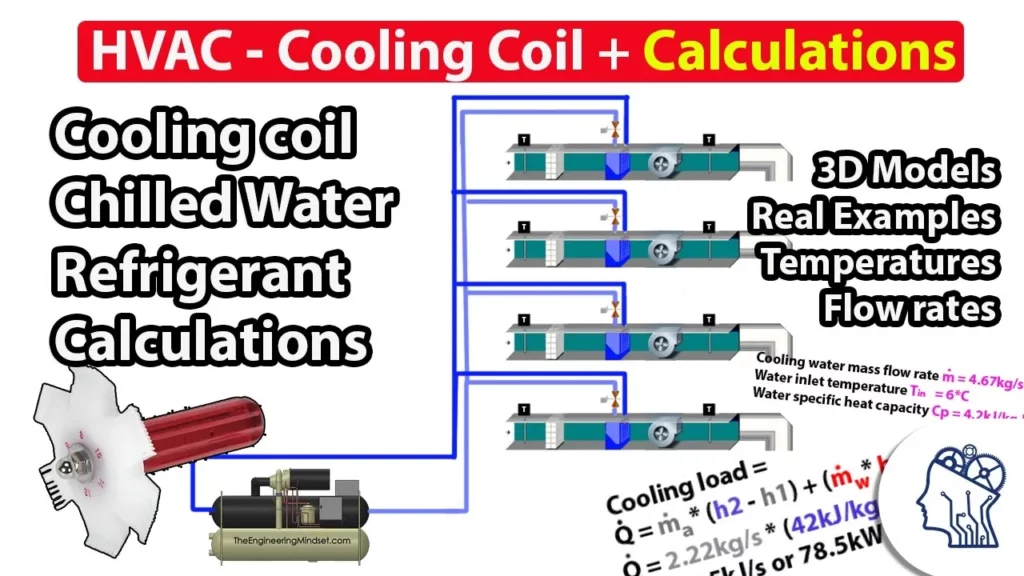
This lesson provides an overview of HVAC cooling coils, focusing on their types, operation, and maintenance for optimal efficiency. It distinguishes between refrigerant-based and chilled water cooling coils, emphasizes the importance of regular cleaning and repair of fins, and outlines basic calculations for determining cooling loads. Understanding these concepts is crucial for enhancing the performance and energy efficiency of HVAC systems.
Have you ever wondered how multispeed pumps work?
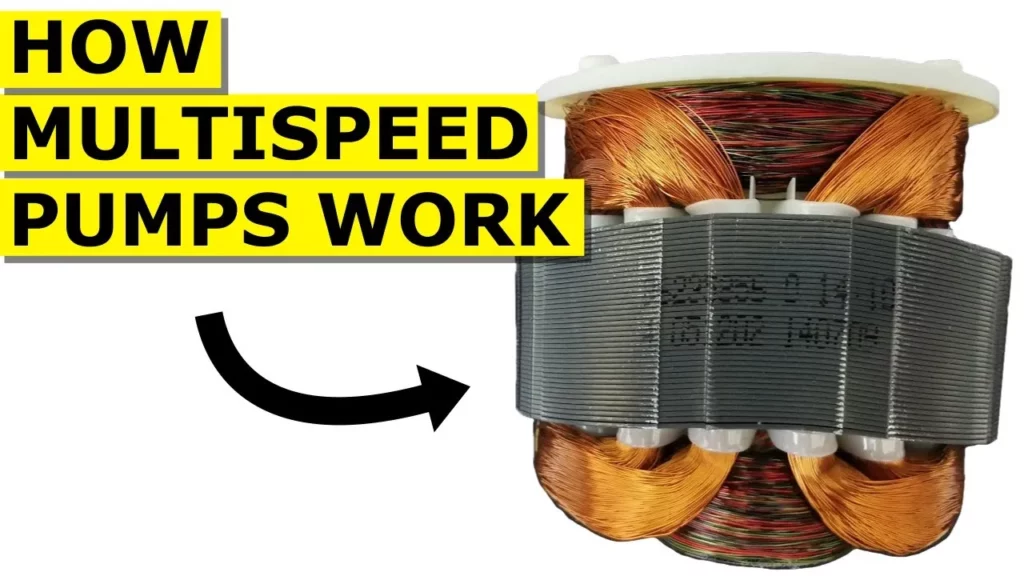
This lesson provides an overview of how multispeed pumps operate, focusing on the role of electric motors in adjusting speed and efficiency. It explains the construction of motors, including the stator and rotor, and how a rotating magnetic field is created using coils and capacitors. Additionally, it discusses how varying coil lengths and inductive reactance influence motor speed and pump flow rates, highlighting the relationship between electrical current and motor performance.
What's Inside A Filter Drier – How it works hvac
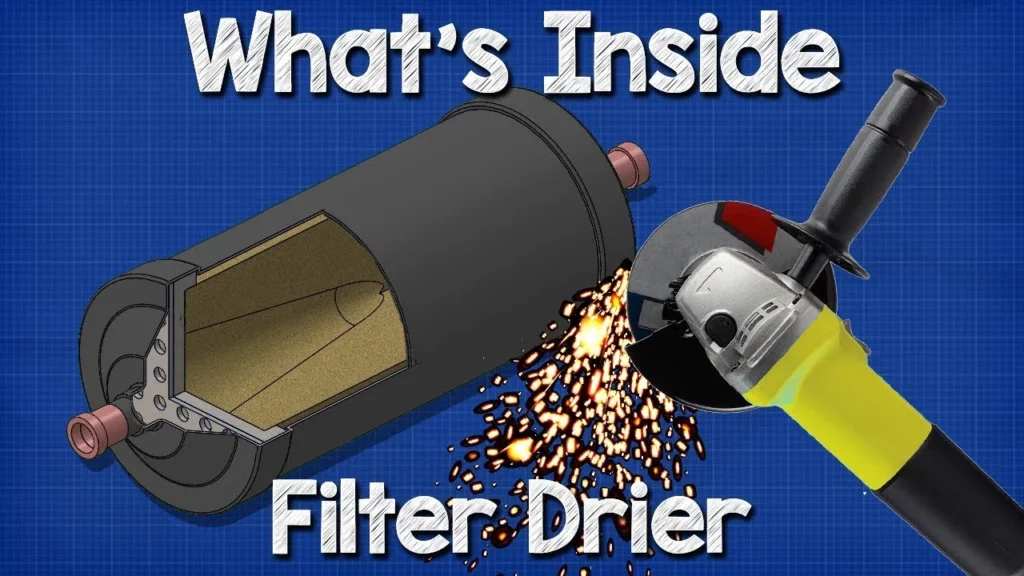
The lesson focuses on the importance of filter driers in HVAC systems, detailing their function, location, and internal structure. Filter driers are critical for filtering and drying refrigerant, thereby protecting system components from moisture and contaminants, which enhances the efficiency and longevity of refrigeration systems. Understanding the filtration process and the materials used in filter driers helps to appreciate their vital role in maintaining optimal HVAC performance.
Supermarket Ventilation System Basics
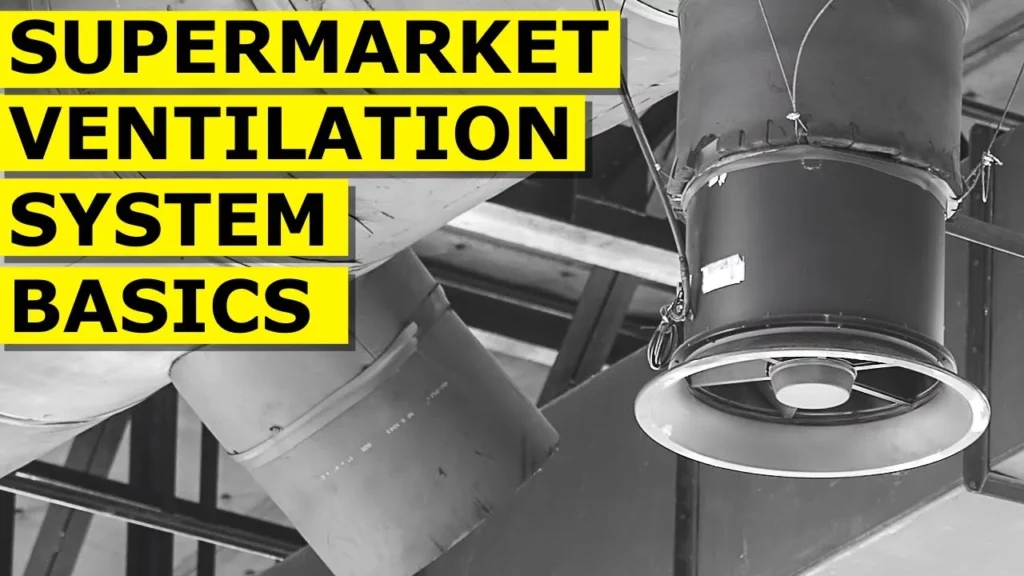
This lesson provides an overview of supermarket ventilation systems, highlighting the roles of rooftop units, air handling units, and fan coil units in maintaining air quality and temperature. Rooftop units serve as comprehensive HVAC solutions, while air handling units manage larger indoor spaces, and fan coil units offer localized climate control. Together, these systems ensure a comfortable and healthy shopping environment by filtering, heating, and cooling the air throughout the supermarket.
????Chiller – Evaporators

This lesson provides an overview of chiller evaporators, highlighting their critical role in chilled water systems by absorbing heat to produce chilled water. It emphasizes the importance of proper insulation to maintain efficiency, explains the structure and functionality of evaporators, and categorizes them based on flow paths. Additionally, it discusses materials used in construction and features that enhance performance, underscoring the complexity and efficiency of chiller systems.
How to Control a Servo With an Arduino
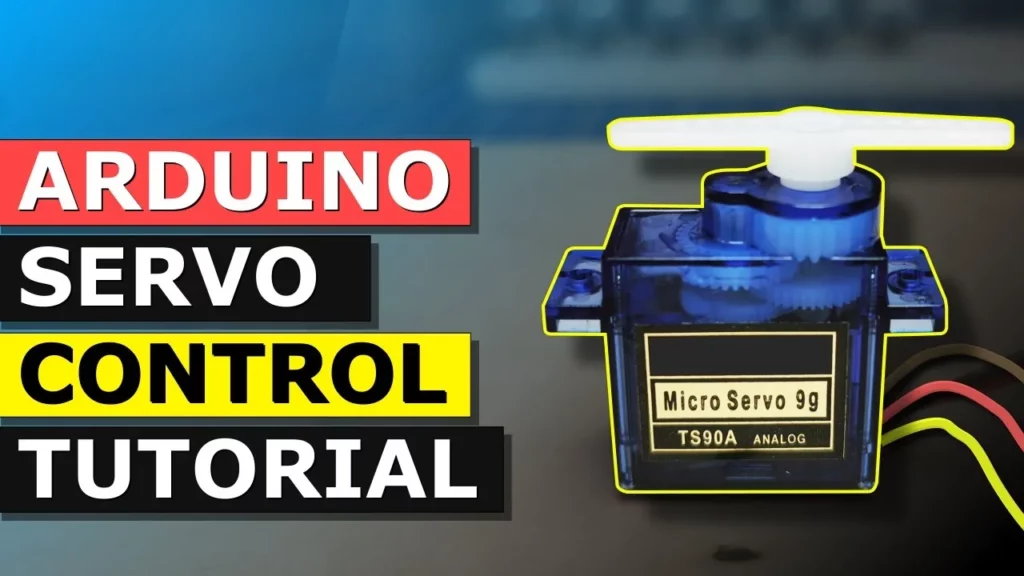
In this lesson, you learned how to control a servo motor using an Arduino and a potentiometer, which serves as an input device to vary the servo’s position. The guide covered setting up the circuit, programming the Arduino with a simple code that utilizes a servo library, and mapping the potentiometer’s analog signal to the servo’s rotational degrees. This project provides a foundational understanding of electronics and programming, encouraging further exploration and experimentation.
Chiller Efficiency Improvements hvac chillers
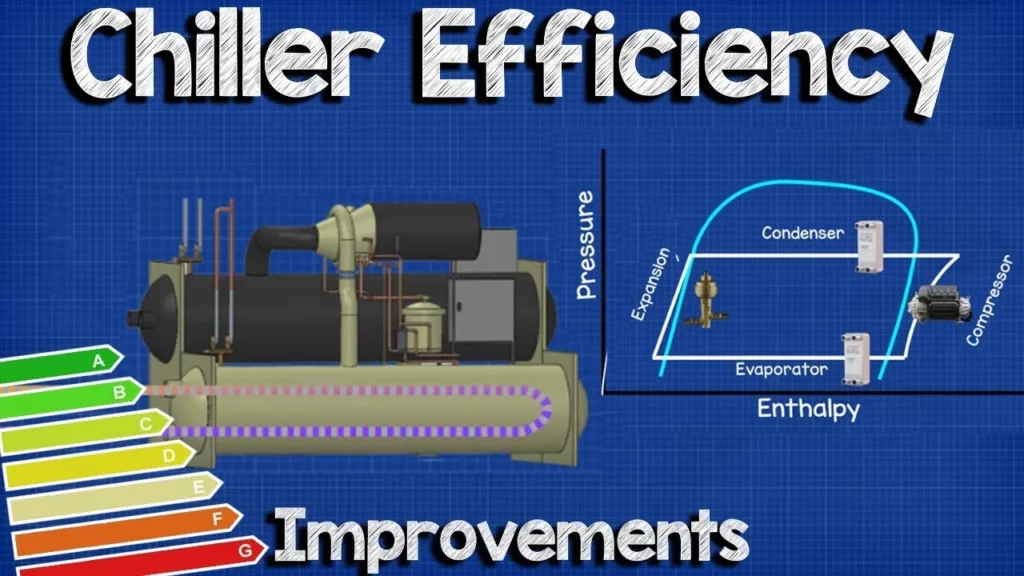
This lesson focuses on improving the efficiency of chiller systems, which are major energy consumers in buildings. Key strategies include upgrading compressors, implementing chilled and condenser water reset strategies, performing regular maintenance, and utilizing free cooling methods, all of which can lead to significant energy savings and reduced environmental impact. By adopting these practices, building managers can optimize chiller performance and contribute to sustainability efforts.
Circulating Pump Basics – How a pump works HVAC heating pump working principle

This lesson provides an overview of circulating pumps, which are essential components in HVAC systems that ensure efficient water circulation for heating. It explains the mechanics of how these inline centrifugal pumps operate, detailing their main components, including the motor and impeller, and the role of electrical aspects such as the alternating current and capacitor in facilitating their function. Understanding these elements enhances our appreciation of how circulating pumps contribute to effective heat distribution and comfortable indoor environments.
How Stepper Motors Work – Electric motor
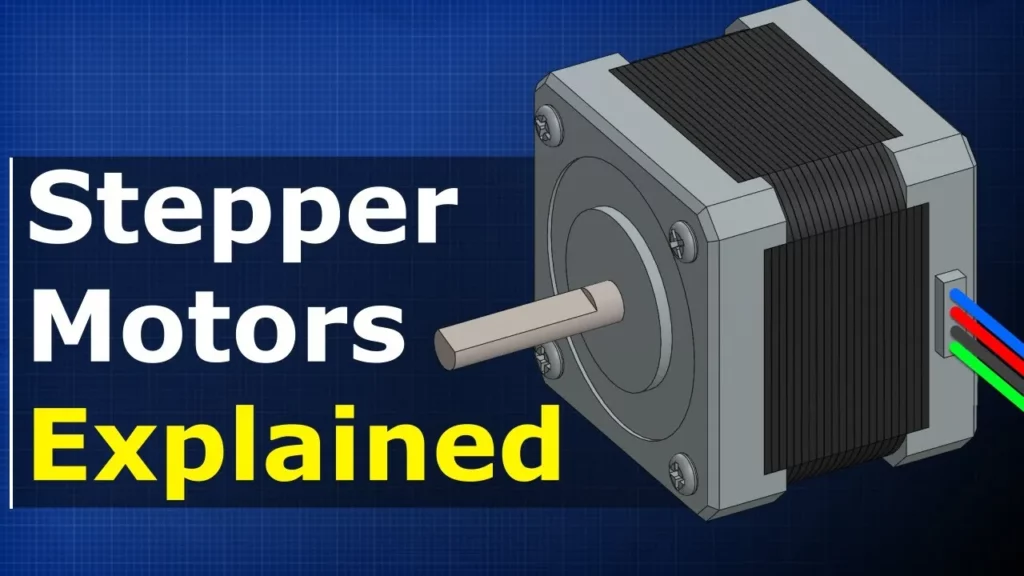
Stepper motors are specialized devices that convert electrical energy into precise mechanical movement, allowing for controlled rotation in small increments. Unlike standard DC motors, stepper motors can stop and hold positions, making them essential in applications requiring high precision, such as 3D printing and CNC machining. Their operation involves a motor driver and controller that manage the flow of electricity through coils, enabling accurate control of rotation speed and direction.
What is a fuse? the basics explained
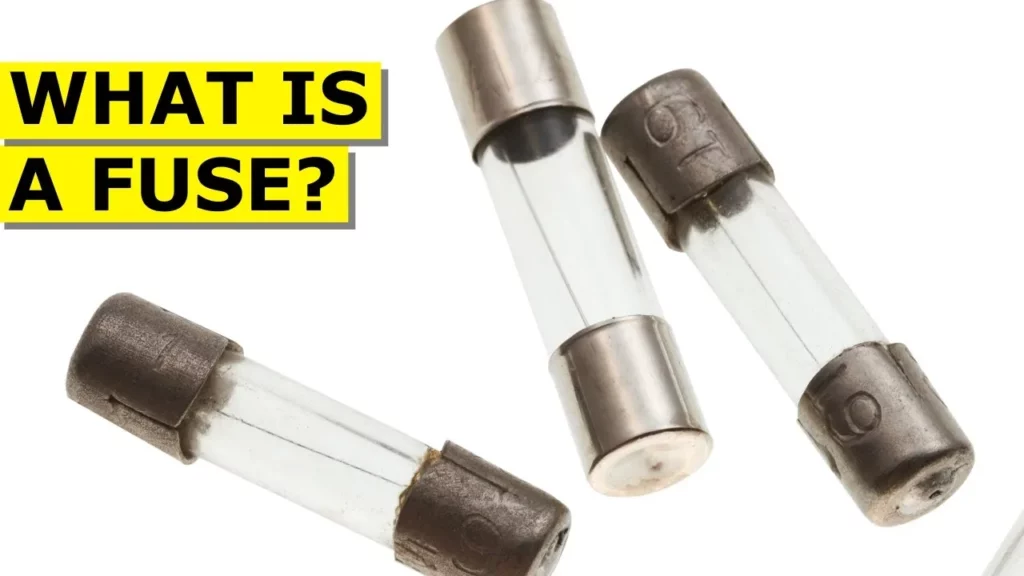
This lesson explains the fundamental role of fuses in electrical circuits, highlighting their function as protective components that prevent damage to devices by breaking the circuit when excessive current flows through. Fuses are designed to fail before more expensive components do, making them essential for safety and easy to replace. Understanding fuses enhances our appreciation of their significance in everyday electrical systems and encourages further exploration of electrical concepts.